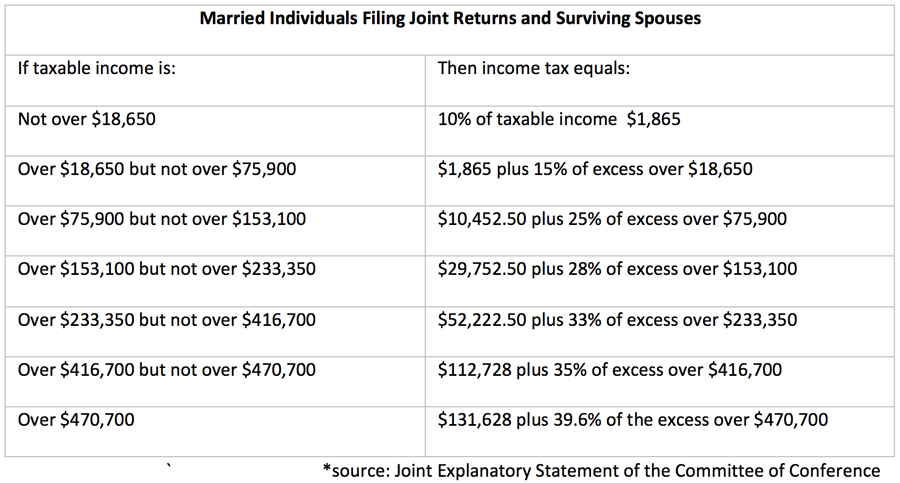Contributed by: Matthew E. Chope, CFP®
Helping elderly family members with financial issues can be tricky. In many cases, you may feel an obligation to assist, especially if the older adult is on a fixed budget and has limited financial resources. In fact, a recent MetLife study found that 68% of American caregivers have been found to spend their own money to support the needs of their older adult relatives, which drained funds that they had planned to use for their own financial independence. If you sense that an elder you care about is on a trajectory for financial ruin, what can you do to help?
How do you step in and assist without putting your own financial security in jeopardy?
The first thing to do is to gather some information to get a better sense of your loved one’s financial picture. You’ll want to have an understanding of their assets and debts, and their budget: their sources of income and their expenses. With the understanding of what income and what bills and expenses the older adult is dealing with, you can better connect with resources that may be able to assist them.
A client (let us call him John) told me a story recently about how he helped his older sister in-law (let us call her Bonnie) make some difficult decisions. Bonnie was not a high-income earner in her working years. Although she was able to purchase her home and pay off her mortgage; she didn’t save much, and she had now depleted her savings. At age 75, the reverse mortgage that Bonnie had put in place, in addition to her minimal Social Security income were not enough to keep up with her rising costs for health care (Medicare premiums and prescription drug co-pays), property taxes, insurances and utilities.
Here are the actions John took to help Bonnie with her situation:
John discovered that the county would allow her to apply for a reduced or total removal of real estate taxes through the property tax poverty exemption. As a result, Bonnie received a full exemption from her property taxes. Each county has a program for low-income folks - you need to complete an application and appear before a board of review annually. Here is a link with more information: https://www.michigan.gov/documents/treasury/Bulletin7of2010_322157_7.pdf
John contacted low-income home energy assistance (LIHEAP) and received a reduction in electricity and heating costs for Bonnie. https://www.benefits.gov/benefits/benefit-details/1545
John contacted Human ARC Premium Assist about receiving a significant reduction in Medicare Part B premiums; as an added bonus, they also provided assistance with Bonnie’s prescription drug costs. https://screening.humanarc.com/PremiumAssist
While online at the premium assistance site, John found more information about special coverages for things like medical alert, ambulance/transportation assistance, and a 1.25% copay for prescriptions.
John contacted Social Services about food stamps and Bonnie is now receiving about $97 more a month through a program called SNAP. http://www.feedingamerica.org/need-help-find-food/
For Bonnie’s auto insurance, John pays the whole year upfront and Bonnie pays John back monthly so she can take advantage of the discount for paying the premium annually.
John pays Bonnie’s utility bills via automatic payments from his account to avoid late fees, which in the past were a wasteful and unnecessary expense. Bonnie also reimburses John monthly for this.
To save money on her cell phone bill, John added Bonnie’s phone line to his plan as an additional line.
Bonnie was willing to give up cable TV – John found that an inexpensive antenna works fine and they were able to rid Bonnie of her monthly cable bill.
With a little bit of creativity and resourcefulness, John was able to assist Bonnie while also preserving his own financial resources. If you or someone you know is in the position of assisting an older adult and needs help putting together a strategy, please let us know. We are here to help!
Matthew E. Chope, CFP ® is a Partner and Financial Planner at Center for Financial Planning, Inc.® Matt has been quoted in various investment professional newspapers and magazines. He is active in the community and his profession and helps local corporations and nonprofits in the areas of strategic planning and money and business management decisions.
This information has been obtained from sources deemed to be reliable but its accuracy and completeness cannot be guaranteed. The case study provided is hypothetical and has been included for illustrative purposes only. Individuals cases will vary. Links are being provided for informational purposes only. Raymond James is not affiliated with and does not endorse, authorize or sponsor any of the listed websites or their respective sponsors. Raymond James is not responsible for the content of any website or the collection or use of information regarding any website's users and/or members. Neither Raymond James Financial Services nor any Raymond James Financial Advisor renders advice on tax, legal, or mortgage issues, these matters should be discussed with the appropriate professional.
























